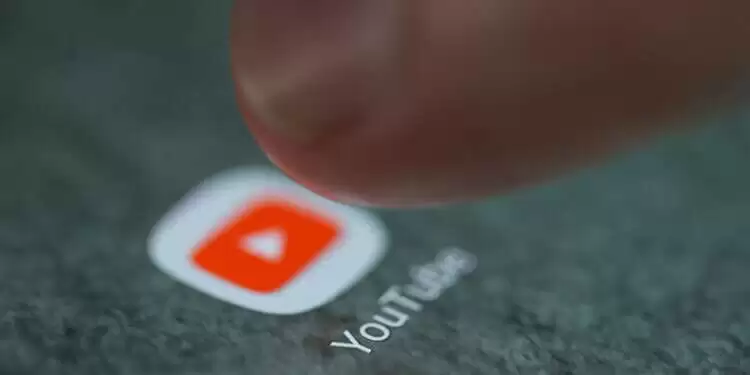YouTube has announced it will start removing false claims about cancer treatments in an update to the platform’s medical misinformation policy.
According to a blog post published Tuesday, YouTube will streamline its existing medical misinformation guidelines under three categories: Prevention, Treatment, and Denial. The respective policies will apply to specific health conditions, treatments, and substances. Content that goes against advice from local health authorities or the World Health Organization (WHO) will be assessed under the updated guidelines.
The examples of content subject to removal under these categories include promoting harmful substance for prevention of the disease; encouraging unproven remedies; and disputing the existence of specific health conditions, such as denying deaths from Covid-19.
“Starting today and ramping up in the coming weeks, we will begin removing content that promotes cancer treatments proven to be harmful or ineffective, or content that discourages viewers from seeking professional medical treatment,” reads the post by Dr Garth Graham and Matt Halprin, YouTube’s global head of healthcare and head of trust and safety, respectively.
The content subject to takedown will include unproven treatments or those deemed harmful by health authorities. “For instance, a video that claims ‘garlic cures cancer,’ or ‘take vitamin C instead of radiation therapy’ would be removed.”
YouTube is publishing a playlist of “engaging” and “informative” videos related to cancer from various authoritative sources. The platform is also collaborating with a healthcare nonprofit to create new video content aimed at sharing information on a variety of cancer conditions.
“To determine if a condition, treatment or substance is in scope of our medical misinformation policies, we’ll evaluate whether it’s associated with a high public health risk, publicly available guidance from health authorities around the world, and whether it’s generally prone to misinformation.”
According to the post, YouTube needs a policy framework that preserves the important balance of removing egregiously harmful content while ensuring space for debate and discussion.
“We’ll continue to monitor local and global health authority guidance to make sure our policies adapt,” the statement adds. “We want our approach to be clear and transparent, so that content creators understand where the policy lines are, and viewers know they can trust the health information they find on YouTube.”
Last year, YouTube announced prohibiting content with false claims about abortion. The development had arrived following the US Supreme Court’s elimination of the constitutional right to abortion by overturning the landmark 1973 Roe v Wade verdict.





